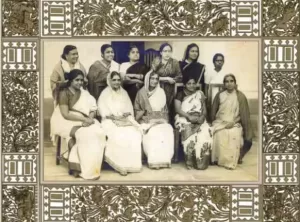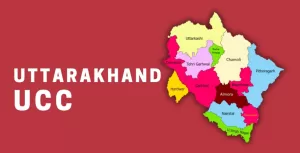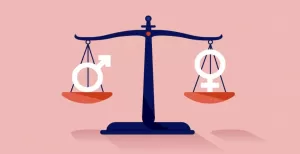If you earn a salary of Rs 25,000 or higher, then your pay ranks in the top 10% of the total wages earned in India. The State of Inequality in India report released by the Economic Advisory Council to the Prime Minister earlier this week sheds light on the economic polarities of income profiles in the country.
The EAC-PM report has recommended that the government should consider formulating an urban equivalent of the Mahatma Gandhi National Rural Employment Guarantee Scheme that would offer guaranteed employment to the urban workforce.
It has also asked the government to consider raising the minimum income level and introducing a universal basic income.
Extrapolating from the Periodic Labour Force Survey, the report stated that the top 1% in India earns thrice as much as the bottom 10%.
As per the PLFS survey of 2019-20, the annual cumulative wages came to be around Rs 1,869 crore, out of which the top 1% earned nearly Rs 127 crore, and the bottom 10% accounted for a measly Rs 32.10 crore. This indicates that the top 1% earns almost thrice as much as the bottom 10%.
What is more sobering is the fact that this trend in income is not an aberration.
In fact, in 2017-18, from the total approximate earning of Rs 1,784 crore, the top 1% earned about Rs 110 crore while the bottom 10% accounted for close to Rs 32.41 crore. This resulted in the top 1% earning more than thrice as much as the bottom 10%.
What’s more, this trend is entrenching itself – with the top 1% earners accounting for a total of 6-7% of the total income earned. In 2018-19, their share shot up to 6.84% compared to 6.14% in 2017-2018. In 2019-20, the top 1% earners saw a slight moderation as their total income cooled down to 6.82% of the total income earned.
Meanwhile, the top 10% pocketed more than 30% of the total income.
Continuing in the same vein of displaying disproportionate income levels, the growth rate of the bottom 50% has been at 3.9% from 2017-18 to 2019-20, while the top 10% has grown by 8.1%. Additionally, the top 1% grew by almost 15% between 2017-18 to 2019-20, whereas the bottom 10% registered a fall of close to 1%. In 2018-19, a fall of almost 7% among the total salaried incomes in the bottom 10% and an approximately 2% fall in the bottom 50% was observed, which is to say that while the rich got richer, the poor became poorer.
As per the PLFS data for 2018-19 and 2019-20, nearly 15% of the entire workforce earned less than Rs 50,000 a year, which comes down to Rs 4,166 per month or less. What further compounds the situation is that the PLFS data for the two years mentioned reported negative and zero incomes, indicating that several households have no disposable income or their debts and borrowings exceed their earnings.
The PLFS data cleaves the working force into regularly employed, self-employed and casual labourers.
For the self-employed workforce, the average earnings were Rs 9,661 for males and Rs 4,558 for females in rural India. In the urban region, the average salaries for July-September 2019 period came to Rs 17,166 for males. Females earned an average of Rs 7,141. Likewise, the average monthly income for self-employed workers was Rs 9,945, which increased to Rs 10,538 in 2019.
The rural-urban divide
The report by the EAC-PM also points towards the massive gap in terms of household wealth between rural and urban spaces in India.
A 44.4% wealth concentration in the highest quintile in urban areas is contrasted against a meagre 7.1% concentration in the highest quintile in rural India. Similarly, 28.4 % of households fall in the lowest quintile in the rural landscape, while only 3.1% of households in the urban regions. Notably, more than 50% of the households fall in the bottom two quintiles of wealth concentration (approx. 54.9%).
Among states and Union Territories, Chandigarh, Delhi, Punjab, and Goa have accounted for more than 50% of households in the highest quintile.
At the same time, states like Bihar and Jharkhand have recorded the highest concentration in the bottom-most quintile (with Bihar capturing nearly 51% of households in the lowest quintile).
Both states happen to have less than 10% of the concentration in the topmost quintile as well (Bihar at a mere 3.3% and Jharkhand at 8.8%).
(Courtesy: The Wire.)




